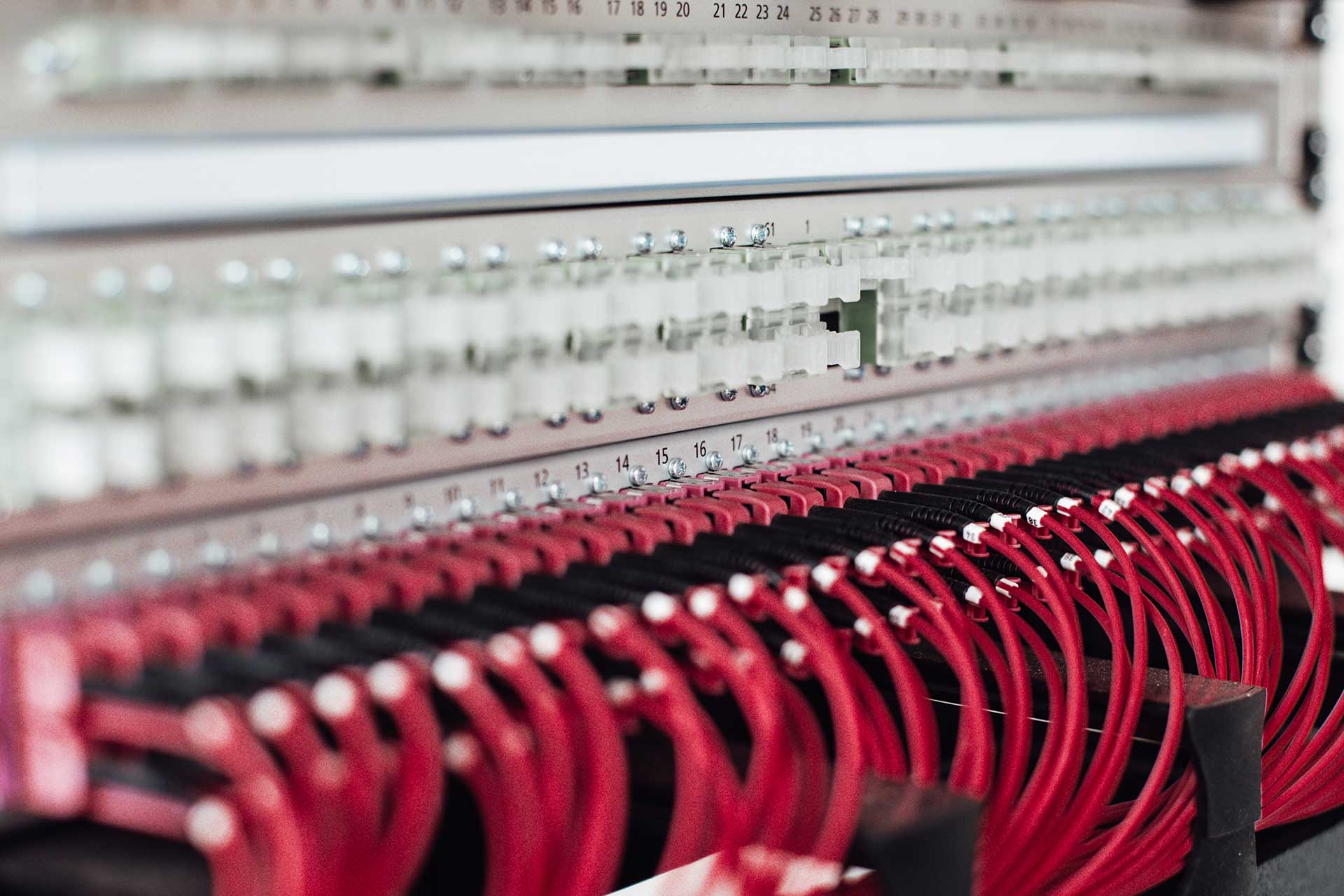When we think of robots, we might still visualize the giant arms moving and manipulating car parts in giant assembly lines, the robot arm that lifted satellite components out of the space shuttle’s cargo bay, or even Marty, the tall gray robot with googly eyes that wanders the aisles of Giant food stores. Fans of the 1979 movie The Black Hole might remember the movie’s sinister red robot Maximillian. And who could forget Star Wars’ lovable R2-D2 or BB-8?
But as robotics and computer engineers have continued to fine-tune the integration of artificial intelligence (AI) and the Internet of Things (IoT) with automated robot technology, those mechanical helpers have seen their roles expanding well beyond their initial uses in dangerous or challenging environments.
In fact, Allied Market Research projects that the U.S. warehouse robotics market size will grow at a CAGR of 11.3% and reach $1,678 million by 2023. Ecommerce currently has the biggest share of robotics. The automotive industry ranks second. The survey forecasts that warehouse robotics will grow fastest—at a 12% CAGR—in the food and beverage industry.
The warehouse industry has benefitted tremendously from the automation afforded by robots, because these machines can operate autonomously thanks to:
- AI and machine learning (ML)
One survey found that the transportation and logistics industries may gain 89% incremental value over time as it adopts and deploys more AI. That same survey projects 87% growth in value within retail. Supply chain application typically divides AI into two categories: augmentation—AI that helps humans to complete daily tasks—and automation—AI able to function without human assistance.
- Continuously improving sensors and response capabilities
Today’s robots that work in the supply chain are equipped with a wide range of sensors: audio, haptic, thermal, and visual. Thermal sensors can measure surface temperature; robots use haptic sensors to perceive touch. Sensor data, when paired with ML and AI, gives robots the ability to make better decisions based on a more complete picture of their surroundings.
- Constantly evolving warehouse management software
When used as the hub of warehouse operations, WMS facilitates information flow from sales channels through fulfillment to packing and then shipping.
Evolving Warehousing and Distribution Processes
What advantages do robots hold over humans? They’re typically smaller and able to fit into spaces not as easily accessible by people. They’ve got built-in analytical tracking which allows them to assess floorplans and plot a route to reach their destinations more efficiently. Employees who spend less time finding and fetching products in a warehouse can instead focus on quality control. Humans require breaks—robots can keep working and won’t complain about a 12-hour or longer shift. In addition to lowering costs, robots can:
- Improve inventory management productivity and management
- Reduce physical/mental strain on human staff by assuming more dangerous and stressful tasks
- Automate tedious, manual tasks which also helps lower error rates and increase operational efficiency
Robots still can’t quite compete with their human counterparts’ intuitive knowledge—whether it’s locating misplaced or hard-to-spot items or knowing how best to handle a more delicate item. While progress continues in their development, robots still lack the dexterity of our human hands and fingers.
Types of Warehouse Robots
Robots have become a nearly indispensable tool for ensuring efficient, accurate warehouse operations. When used to automate repetitive, menial tasks, robots enable human employees to spend their energy on tasks that require intuition, creative thinking, and other processes with which robots still struggle. Typical robots found in warehouses include:
- Automated guided vehicles (AGVs) that transport inventory, materials, and supplies and often replace manually-driven forklifts or pick carts. AGVs can follow specific routes via magnetic strips, tracks, sensors embedded in floors, or wires. Other technology like cameras, infrared, or lidar helps AGVs avoid collisions by identifying obstacles as they navigate.
- Automated storage and retrieval systems (AS/RS) encompass a group of computer-controlled systems that allow operators to automate inventory management or retrieve and store goods on demand. Operating as cranes or shuttles on fixed tracks, they facilitate efficient, accurate product placement and retrievals by navigating through product aisles and at various vertical heights.
- Autonomous mobile robots (AMR) deliver inventory throughout vast warehouses by using a sophisticated sensor technology that doesn’t require set tracks between locations—unlike AS/RS or AGVs. These smaller, more nimble robots significantly reduce redundant processes that often lead to human errors.
- Collaborative robots (or “cobots”) help human employees perform a variety of tasks. These semi-autonomous robots can act as mobile storage bins, direct workflows, and help speed order fulfillment by delivering picked orders to other stations throughout the warehouse.
- Articulated robotic arms can lift, maneuver, move, and turn items. These multi-jointed limbs see heaviest use in palletizing, picking/packing, and receiving/storage operations in distribution centers and warehouses.
- Goods-to-Person (G2P) technology uses the same principles as AS/RS to deliver items to stationary pick stations where human employees fulfill orders.
Warehouse Robots: Here to Stay
Automated processes boost throughput, cut costs, and enable those within the logistics industry to better meet growing customer demand—especially with the massive explosion of ecommerce. With upgraded hardware and continued AI advancements, robots offer more flexibility to meet a variety of use cases like packaging, replenishment, sorting, and transportation. Whether mobile or stationary, robots can fill ever expanding roles within the supply chain, including in warehousing, transportation, and last-mile delivery activities.
Automation tools—like robots—were designed to complete tasks but not to engage in creative problem solving. Robots require programming or teaching. Regardless of how much more advanced robots will become as technology and capabilities evolve, humans will remain a warehouse’s most flexible tool.
While the pandemic certainly accelerated the logistical challenges faced by warehouses and distribution centers—and robots came to the rescue—humans are in no danger of obsolescence. There’s no turning back now. Robotics are an integral part of the future supply chain. If you’re involved in warehousing and planning to adopt robotic logistics or add more robotic capabilities to your operations, talk to one of the members from CREA United’s Industrial group, including John Cosgrove, President of Atlantic Handling Systems or Derek Picarillo, GM at Toyota Industrial Equipment.

